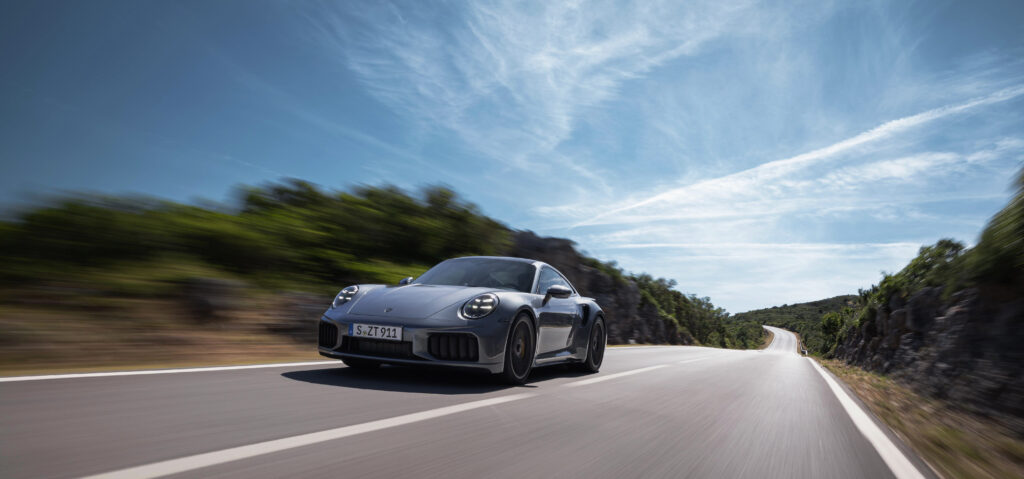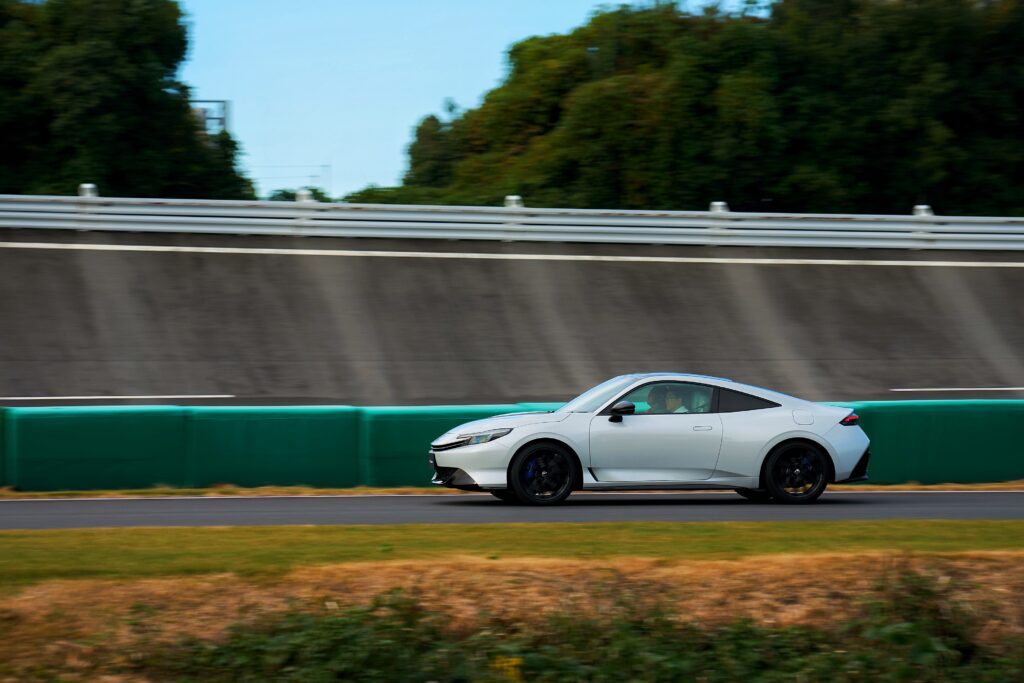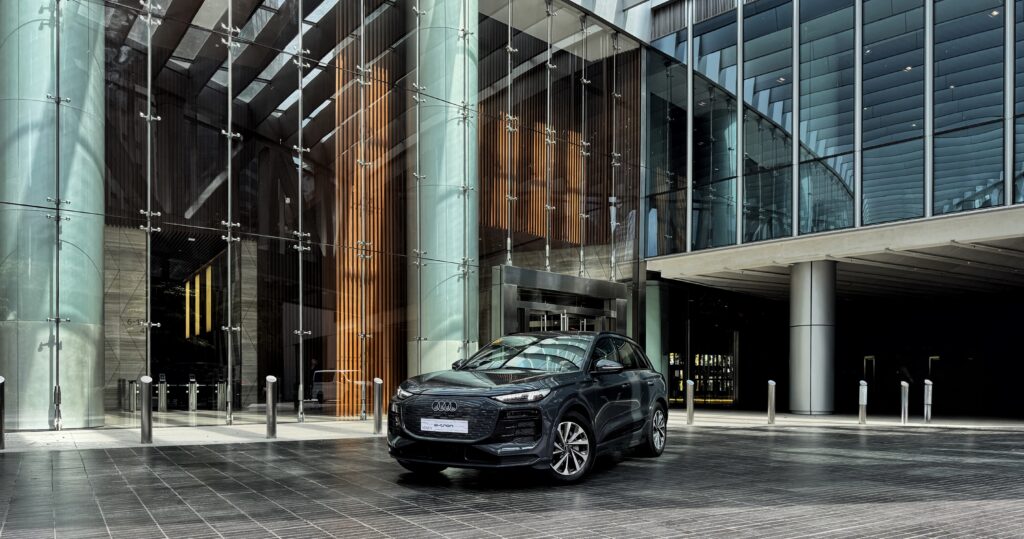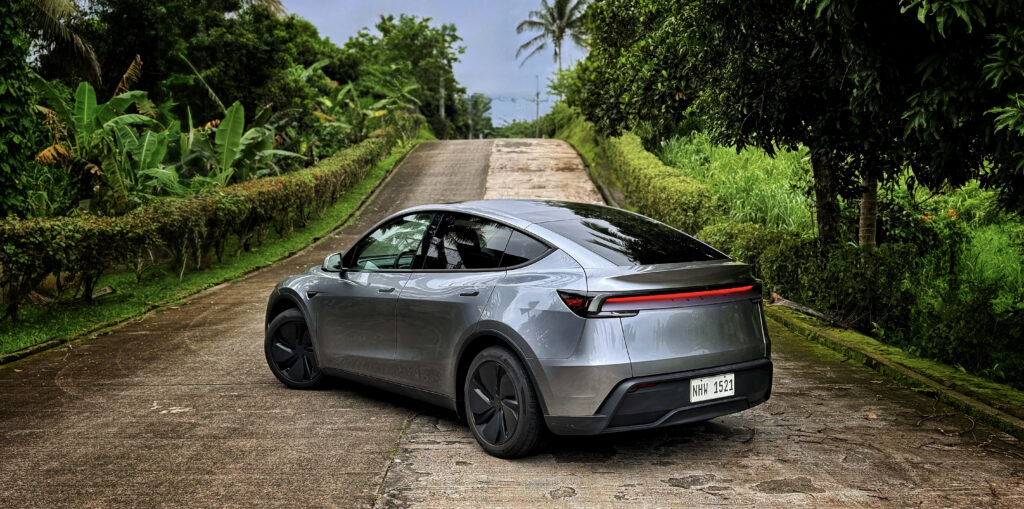With a legacy that can be traced back to the 964 generation, the top-of-the-line Turbo S is one of the most iconic models in the series production Porsche 911 line-up. Compared to the special editions (like the 911 R and 911 S/T for instance) and GT3 / GT2 RS cars, the Turbo and Turbo S models never require any introduction or tiresome explanations to casual car enthusiasts.

If anything, the allure of the ‘Turbo’ moniker is so evocative and synonymous with range-topping abilities that Porsche applied it to its top-shelf Taycan models – the Taycan Turbo and Taycan Turbo S– in spite of their all-electric credentials.
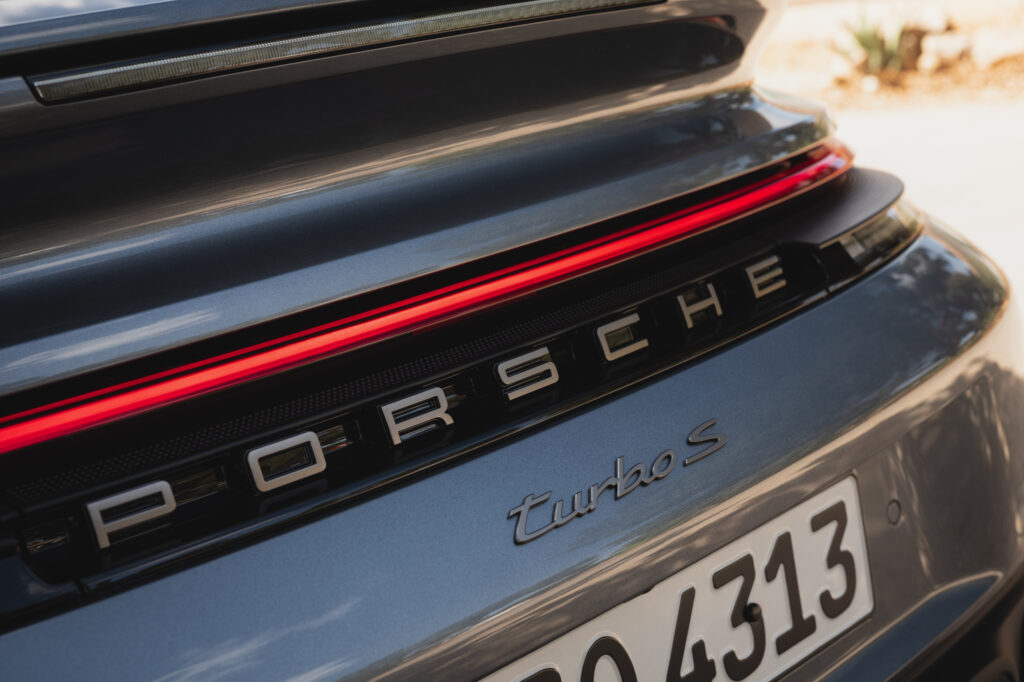
So who buys a Turbo S? Some say the ubiquity of the model is a double-edged sword, because it appeals to those in-the-know, as well as moneyed newcomers to the brand looking to buy the most expensive and highest-performing model. In such niche sports-car categories, there’s always a little snob appeal involved – not in a bad way, of course.
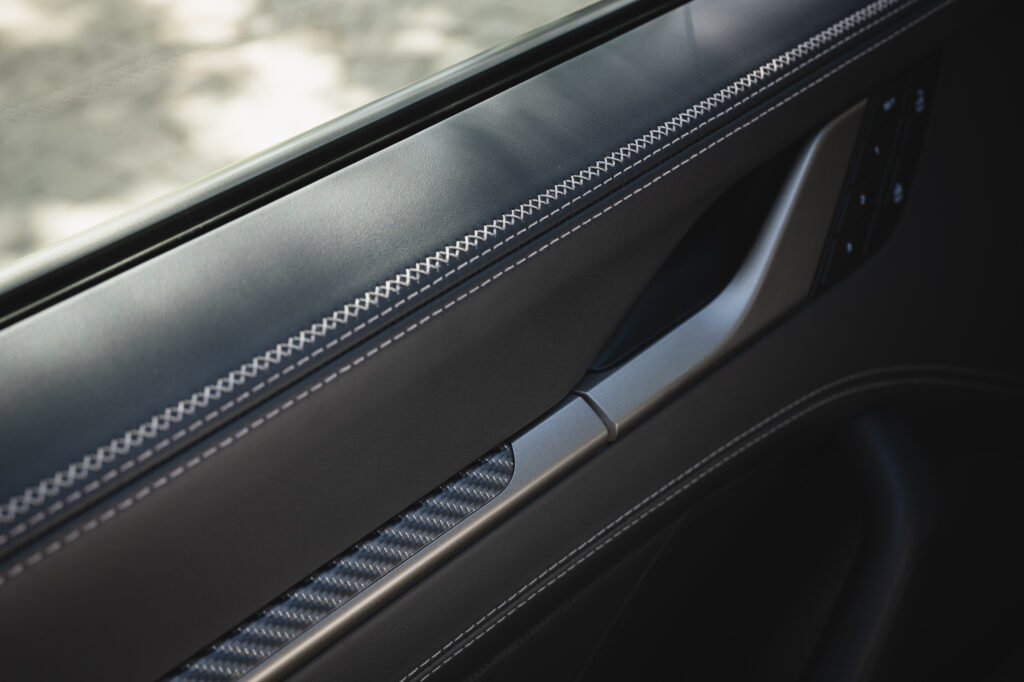
For instance, a petrolhead might prefer his Porsche to have the same sort of esoteric anonymity as a 911 S/T, where it is recognizable only by the community of cognoscenti, as opposed to the masses who could regard the Turbo S as the “comfortable choice.”
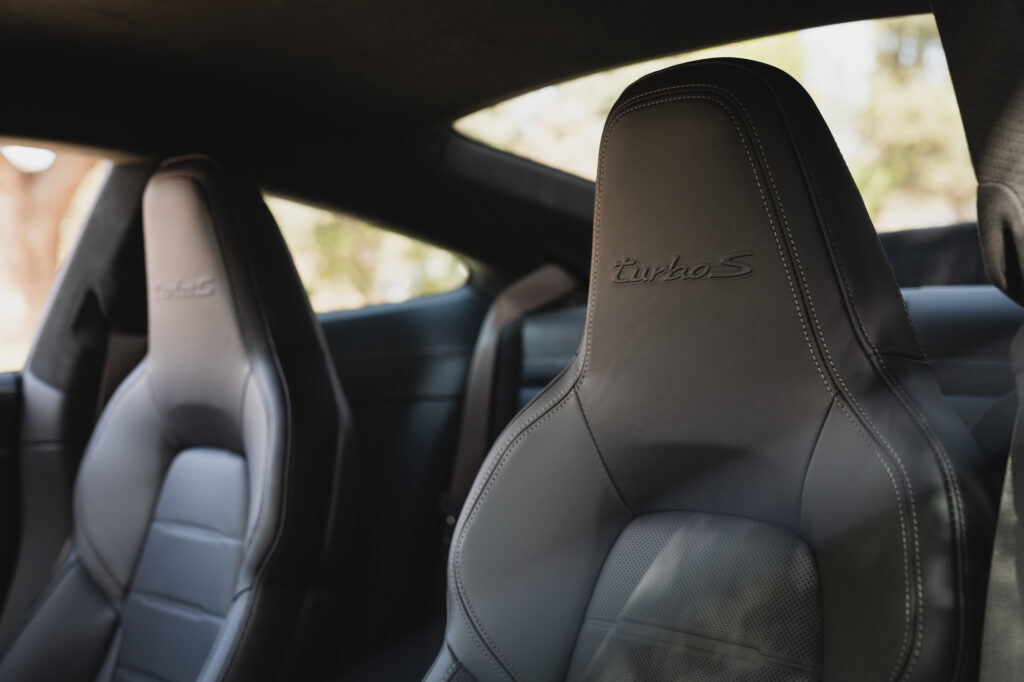
Hardcore driving enthusiasts like myself are more partial to the uncompromising RS models, because we appreciate the satisfaction that comes from the hard work involved in driving hard. However, this isn’t to everyone’s tastes, especially if you spend a lot of time on the road and want to enjoy comfortable and effortless cruising moments.
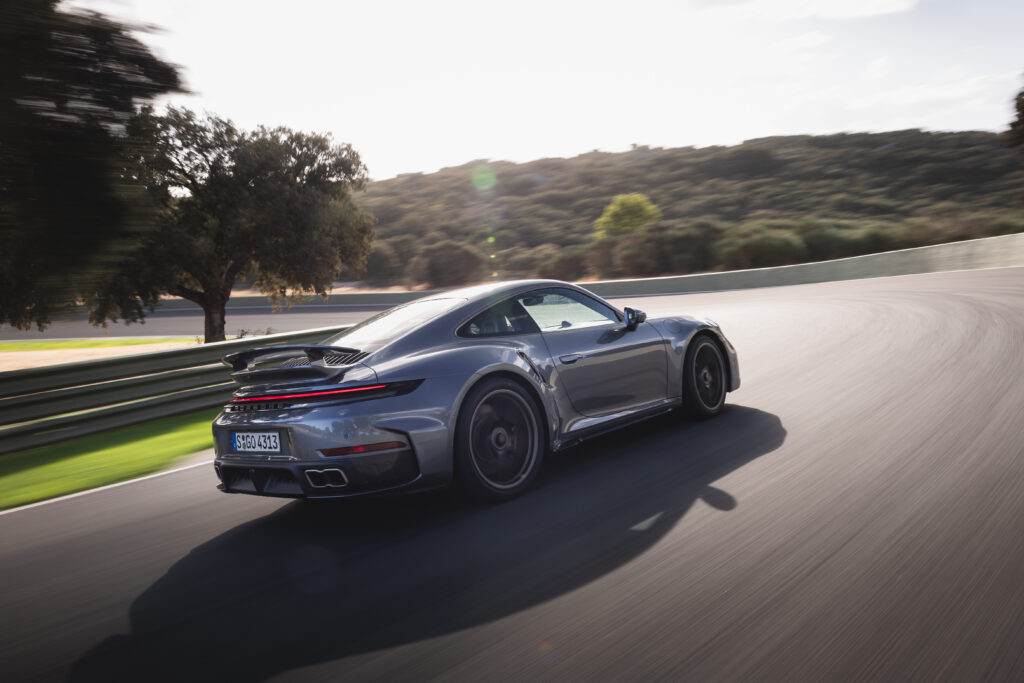
Of course, in a perfect world, you could have a different Porsche for different needs – S/T, RS, Turbo S – but if you’re still working towards this slice of motoring nirvana, the 911 Turbo S acquits itself well as the only sports-car in your garage. And this is exactly why the 911 Turbo S possesses an evergreen appeal. It boasts a multifaceted depth of character and easily segues between posh cruising and crushing performance, in addition to the spectrum of personalities in-between. In other words, it is the definitive all-weather, all-occasion 911 sports-car.

At the launch drive of the 992.2 GTS last year – incidentally at this same race-track – we were already expecting Porsche to apply the punchy T-Hybrid powertrain to the more powerful Turbo S or even RS models. There may not be a confirmation of a GT / RS model yet, but the Turbo S has benefited from the 400V T-Hybrid system. As a recap, this includes electric motors in the eTurbos (for near lag-free performance), as well as a motor integrated into the PDK gearbox’s housing. However, instead of the GTS’s single eTurbo setup, the Turbo S sees service of twin eTurbos.
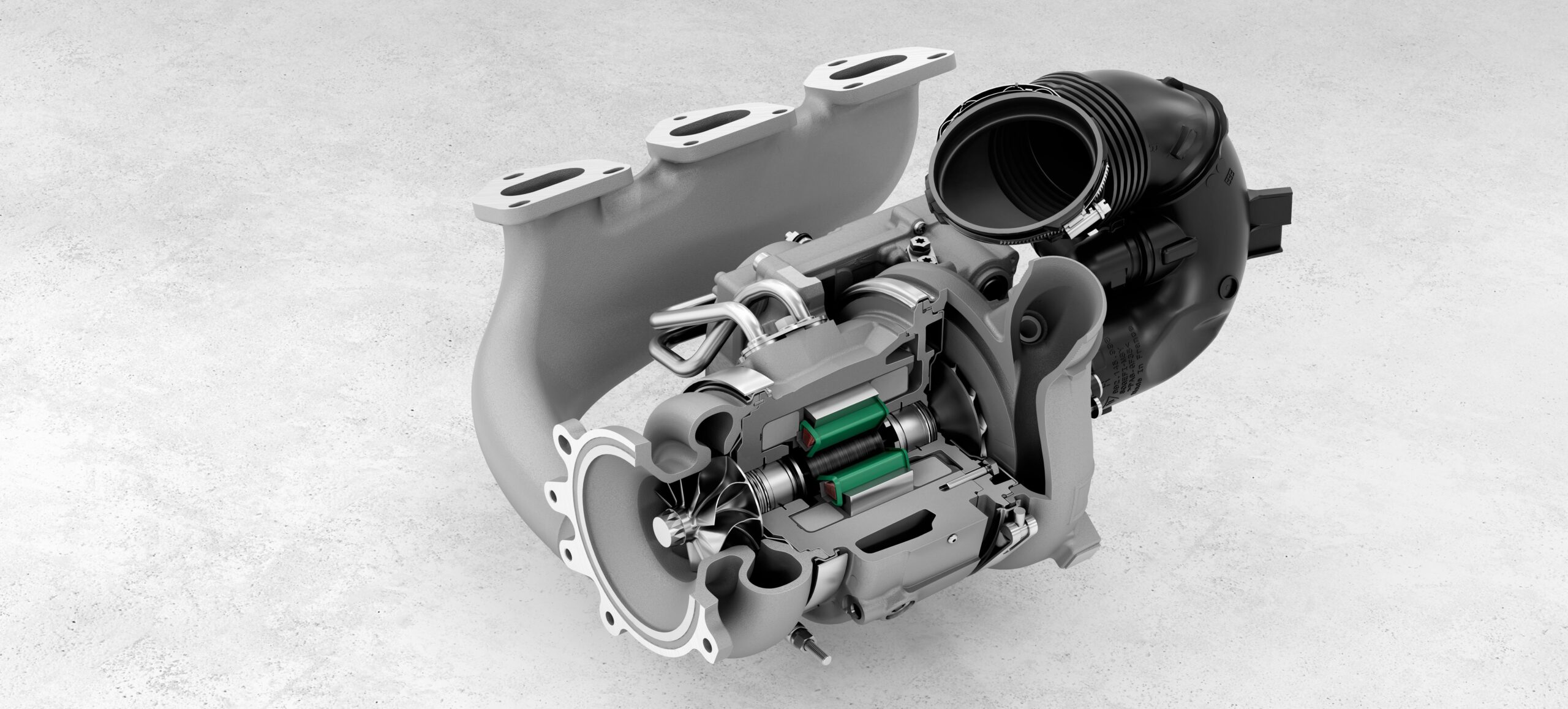
The compressor and turbine wheels in the Turbo S may be smaller than the GTS’s single unit, but spin faster and more furiously (145k rpm versus the GTS’s 125k rpm) for even quicker dynamic response. Don’t think “boring” when you hear “T-Hybrid”, because Porsche’s application is anything-but! The 992.2 GTS T-Hybrid really opened our eyes with its unique aural and powertrain personality, and the Turbo S is no different with the manner in which the electric hardware aids and abets the e-turbocharged engine.
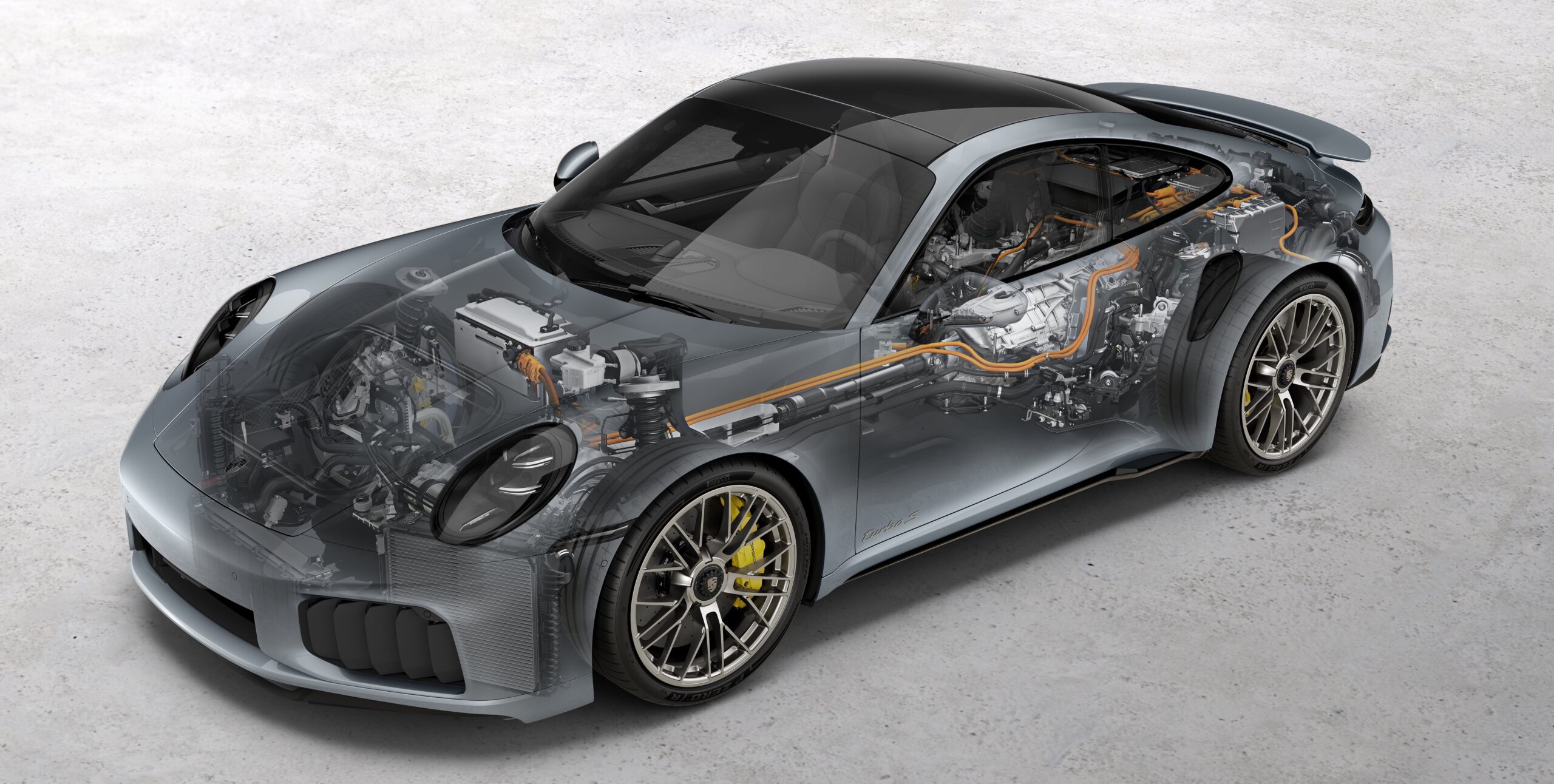
Porsche has engineered its T-Hybrid for performance, so there’s no plug-in charging and no pure-electric drive mode. Its sole purpose is to boost the performance of the turbocharged 3.6-litre flat-six engine, with any accompanying fuel / emissions benefits a happy coincidence. Given the familiar silhouette of all 911s, the devil is always in the details of the different variants, with the Turbo S boasting the model’s familiar wide hips and outrageous curves. At the front, the Turbo S gets an active front diffuser, undertray active flaps, as well as the same vertical active air-flaps also seen on the 992.2 GTS.
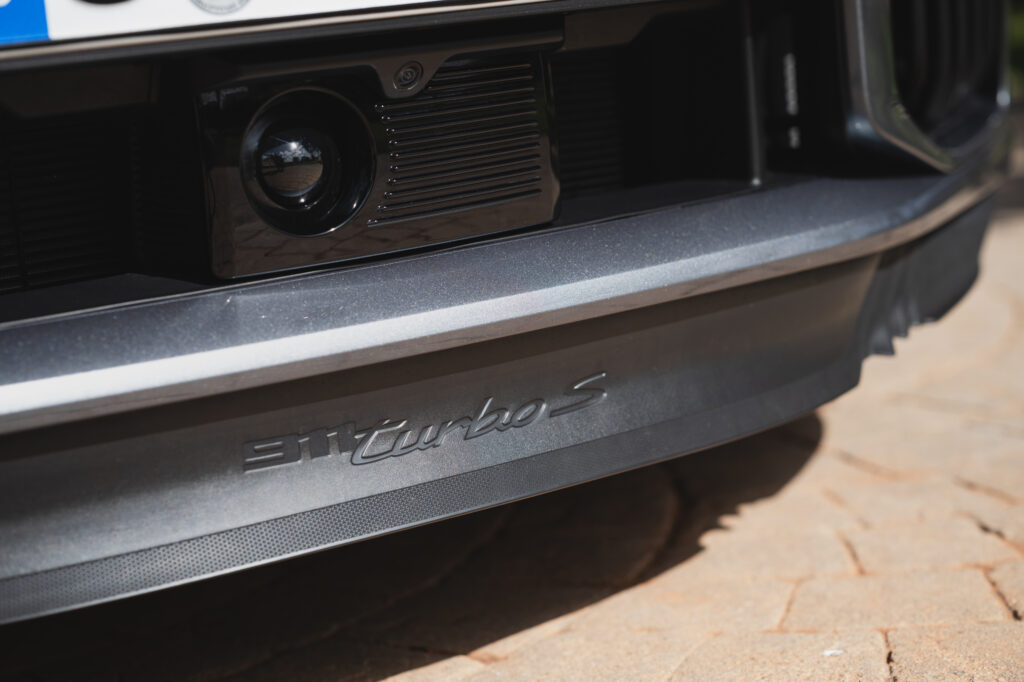
Apart from the prominent active rear wing, revised aero elements on extreme ends of the rear bumper and exhaust tips pushed to the edges of the rear valance help accentuate its width, which imparts a more commanding presence as it pulls away from you… and have no doubt that it will do so! Under its bodacious rear-end is an engine that is lower and wider than before (no more belt-drive and water pump), which contributes to a lower centre of gravity.

It also gets a new lower rear apron and prominent central rear diffusers in matte black for great aero efficiency, but these stand-out, making the entire package quite sensitive to body-color choice. The light bronze sheen of the exhaust system isn’t a trick of the light, because the Turbo S gets a new titanium backbox and tailpipes, which save 6.8kg from its predecessor.
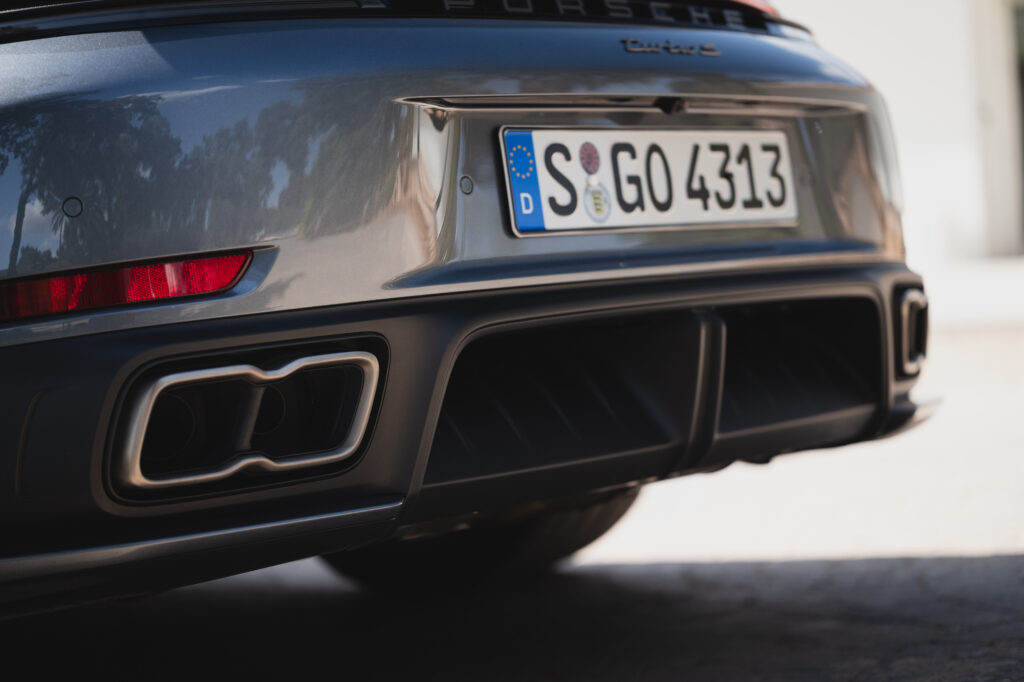
If there’s still any doubt as to the Turbo S’s credentials, to better visually differentiate it from lesser 911 models, the 992.2 inherits the Turbonite design elements – bonnet badge and centre-lock rims – from the 992.1 Turbo S Edition 50.
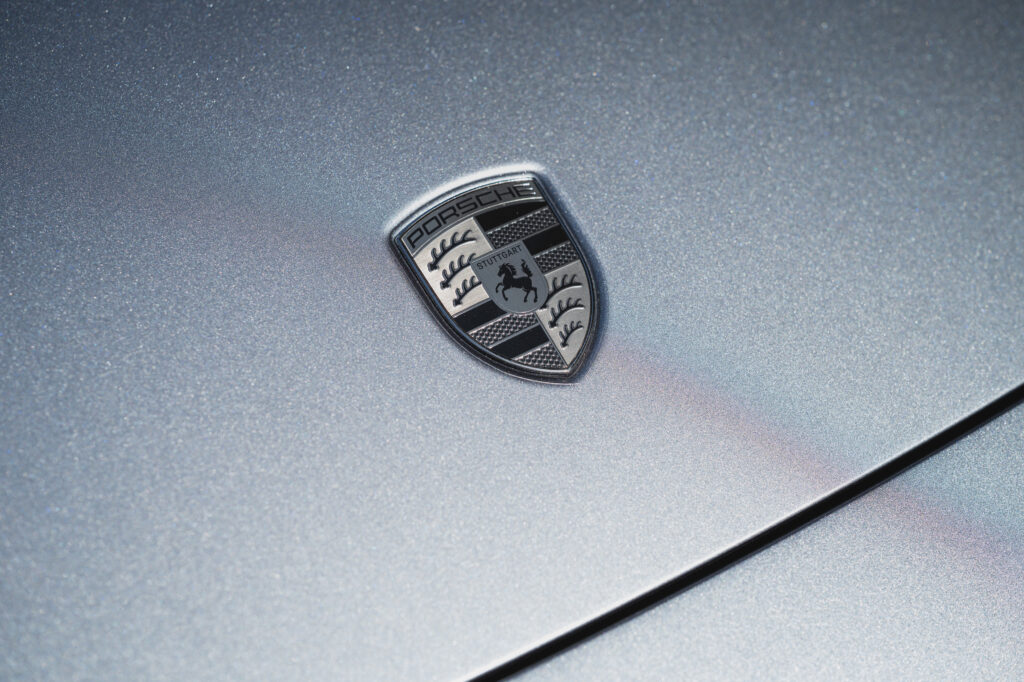
A lot of work has gone into instilling the rear-end with more grip and better braking ability, which sees a 10mm wider rear tyre (325/30R21) and larger rear ceramic brake rotors (410mm). The stopping force is immensely powerful, and you’ll find yourself braking harder and deeper into the corners after the first session, even though you’re approaching them at an interstellar pace.
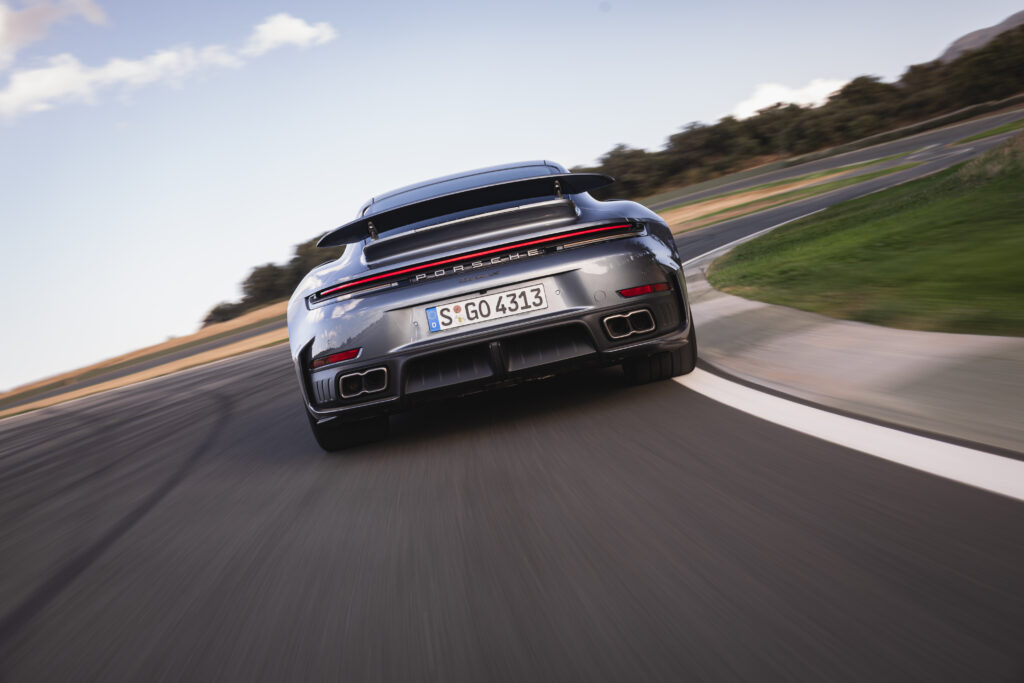
The electric hardware and updated standard equipment translate to a Turbo S that is 85kg heavier than its predecessor, but its new dynamic abilities and power delivery have resulted in a 14secs faster Nürburgring Nordschleife time (over the 992.1 Turbo S) at the hands of Jörg Bergmeister! On the move, we like that the on-road steering is progressive and not reactive or fidgety like one of the more hardcore models. What’s staggering is its explosive pace or propulsion, because the Turbo S pulls like a runaway locomotive from practically standstill.

With launch-control engaged, it blasts from standstill to 100km/h in just 2.5secs with deceptive ease, but this is the least of the “gentle-monster’s” abilities.On track, the grip levels from the all-wheel drivetrain are phenomenal, which let you put down plenty of power early on, especially with ehPDCC (electro-hydraulic Porsche Dynamic Chassis Control) integrated into the 400V architecture.
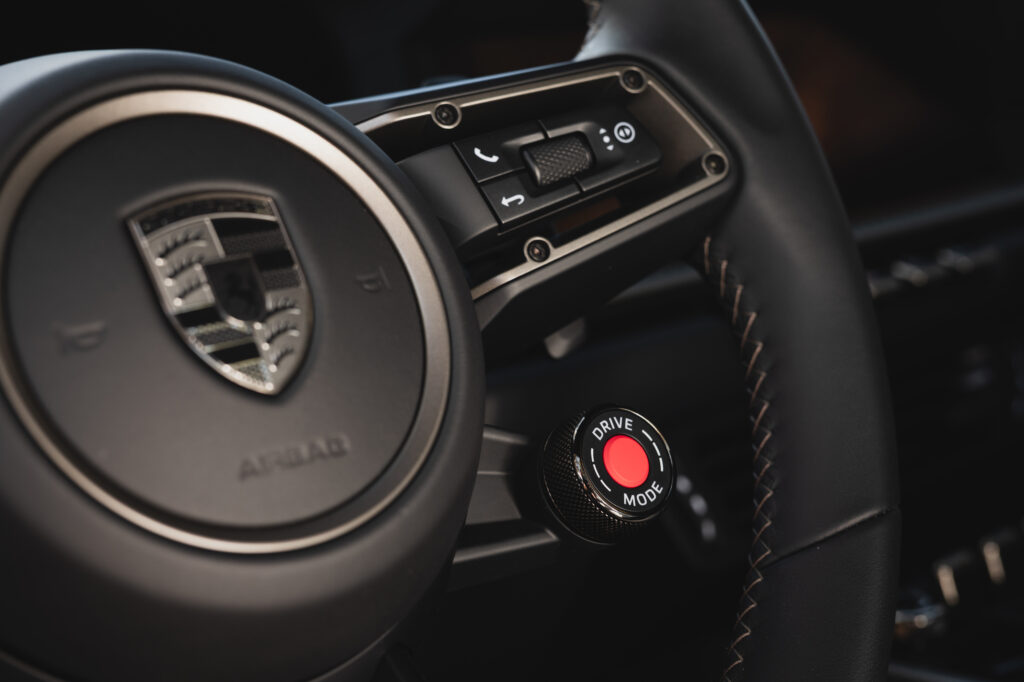
This translates to precious little drama and body-roll, as the adaptive chassis system performs complex calculations at lightning speed in response to changes in road conditions: more comfortable when driving sedately, more reactive under dynamic driving conditions, which perfectly suited our purposes as we tore around the technical Ascari Race Circuit.
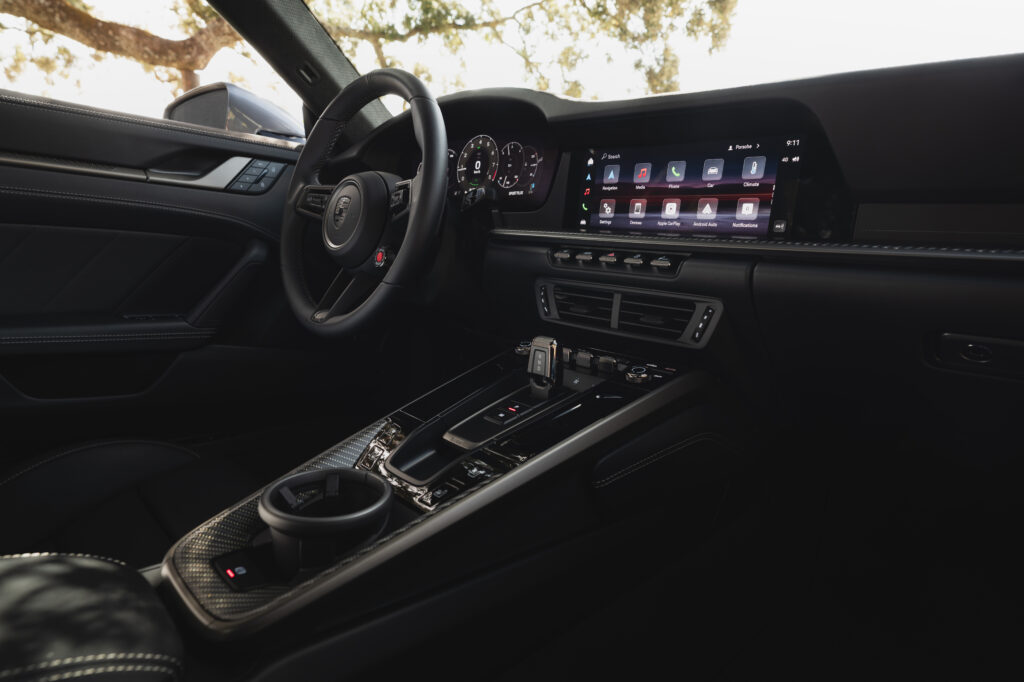
The steering is adequately communicative, which allows one to intuitively catch and react to correct any wayward rear-end tendencies. The standard rear-axle steer complements the steering to deliver natural and organic reactions, so you’re able to drive it fast and fluidly thread it through a complex of corners.
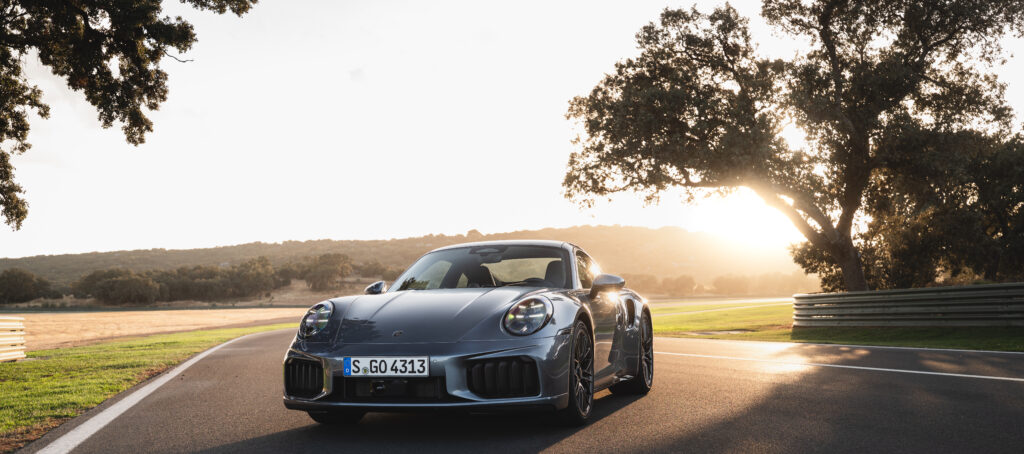
With the full fury of its 800Nm might available from barely over 2000rpm, there is monumental pull across the rev-band, with the prodigious onslaught continuing all the way to redline. As expected, there’s just enough of a rousing soundtrack at full pelt, but it is never too rowdy or obtrusive as to interfere with the Turbo S’s acoustic comfort within the cabin. It is savage in its relentless performance, but true to Turbo S form, the ride and refinement are composed and civilized, so one’s high-g shenanigans can be instigated and enjoyed with very little histrionics.
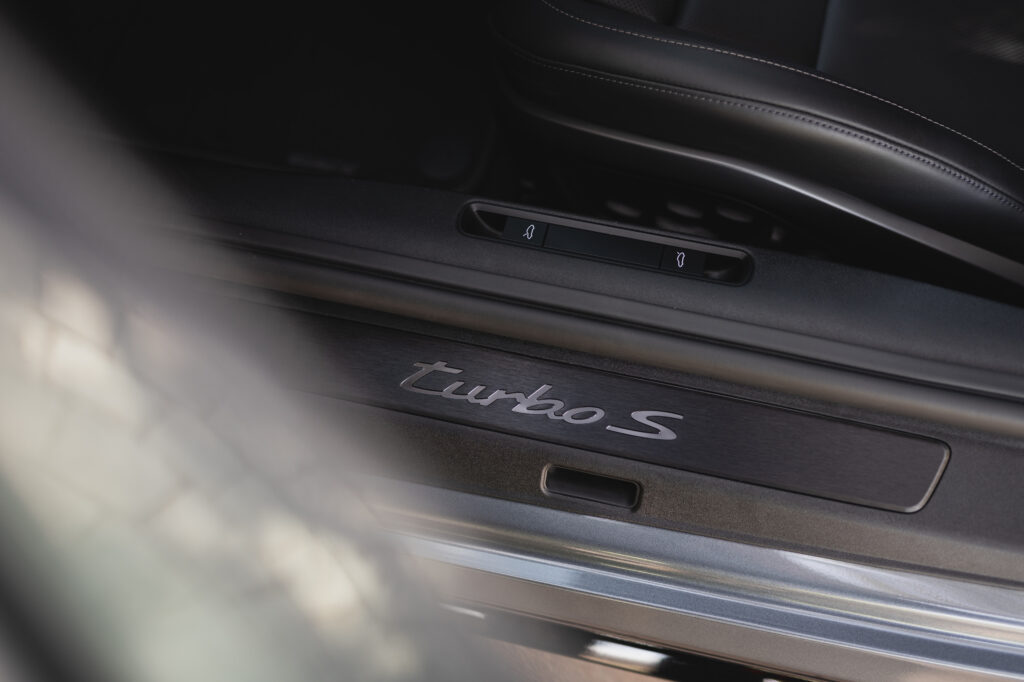
Ultimately, the Turbo S is as easy to drive as you want it to be, but it doesn’t have to be a walk in the park. Driven under the influence of the red mist, that huge wedge of torque on tap at practically anytime lends itself well to letting you indulge in your naughtiest inclinations.

The fury that erupts from the calm when one puts their right foot down is the best demonstration of its Jekyll-Hyde personality. Although it is slow to rouse to anger, when it is rage-baited, all it takes is a blink and the Turbo S will be gone with the wind.


